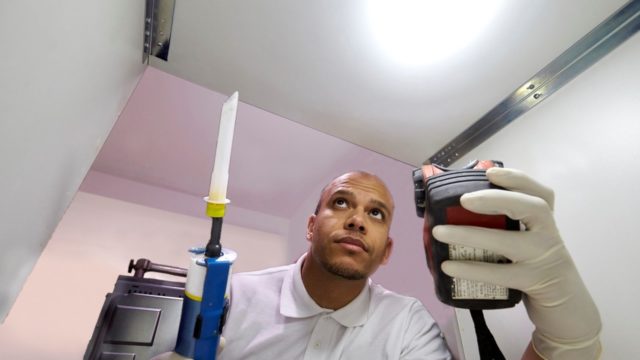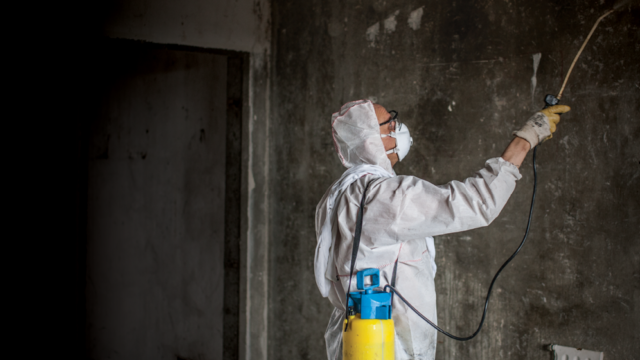Flooding is the UK’s most frequent and devastating natural disaster. Every year seems to bring periods of excessive flooding, with warnings and disaster coverage dominating the news. Despite this, many people still don’t understand just how dangerous floods are, and communities are devastated not just by damage, but also by loss of life.
CleanSafe explain why floods are dangerous and what you can do to stay safe.
Dangers of flood water for people
Flooding frequently causes very fast-moving water, as the overflow runs toward lower ground and joins with larger rivers and streams. Many people underestimate just how strong flowing water can be, and don’t give it the respect or caution that it requires.
Water flowing at 4 mph (brisk walking pace) exerts a force of around 66 pounds per square foot. Double the speed creates four times the force, so water flowing at 8 mph exerts an incredible 264 pounds per square foot.
It only takes 6 inches of fast-flowing water to knock a person off their feet. You should never enter flood water that is moving or is deeper than 4 inches (10 cm). Even when the water is stationary, you should only enter if you are able to see the bottom, and if there is a hard surface such as tarmac or concrete underneath. Never enter flood water on soft surfaces such as grass, as its stability will be greatly compromised and you could sink or get stuck.
Children, the elderly and those with mobility issues are particularly at risk from dangerous fast-moving water, and should stay indoors in times of flooding. You should also keep pets indoors.
Flood dangers for cars and vehicles
Drowning in a vehicle accounts for around 32% of all flood-related deaths. People incorrectly assume that a car is heavy enough not to float, but it happens much more easily than you would expect.
It takes less than two feet of water for a car to begin to float. If your car starts to float, even a small current can sweep it away. Water depth can be extremely difficult to gauge, which can lead to drivers entering water that is deeper than they expect, often with terrible consequences.
If a vehicle gets caught in flowing flood waters, it’s only going to stop when the water stops, or if it comes up against an obstacle. Taking into account the speed of the water, crashing into an obstacle is likely to result in severe injury or even death.
Although the risk of collision is high, most deaths in these instances are actually caused by drowning, when water gets into the vehicle and passengers are unable to escape. Once the vehicle is caught in flowing water, it often ends up in deeper water, which may be enough to fully submerge the car and drown the people inside.
Seeing how easy it is for flood water to pick up a car puts into perspective how quickly a person can be swept away.
Health dangers of flood water
Flood water is teeming with dangerous bacteria and contaminants, which can lead to sickness and disease. The worst contamination is caused by sewers or drains backing up in urban areas, or runoff from agricultural chemicals and animal waste in rural areas.
Even if you can’t see any obvious evidence within the water itself, you should always assume that flood water is contaminated. Children, elderly people and and those with long-term health problems should be particularly cautious, as they are more susceptible to disease.
If you must enter flood water (ensuring that the water is shallow and still), wear protection such as wellies and gloves. Keep the water away from your hands, eyes, nose and mouth, and wash thoroughly afterwards. This includes proper disinfection of your footwear and any clothing that has come into contact with the water.
If you become unwell after entering flood water, seek medical advice immediately.





